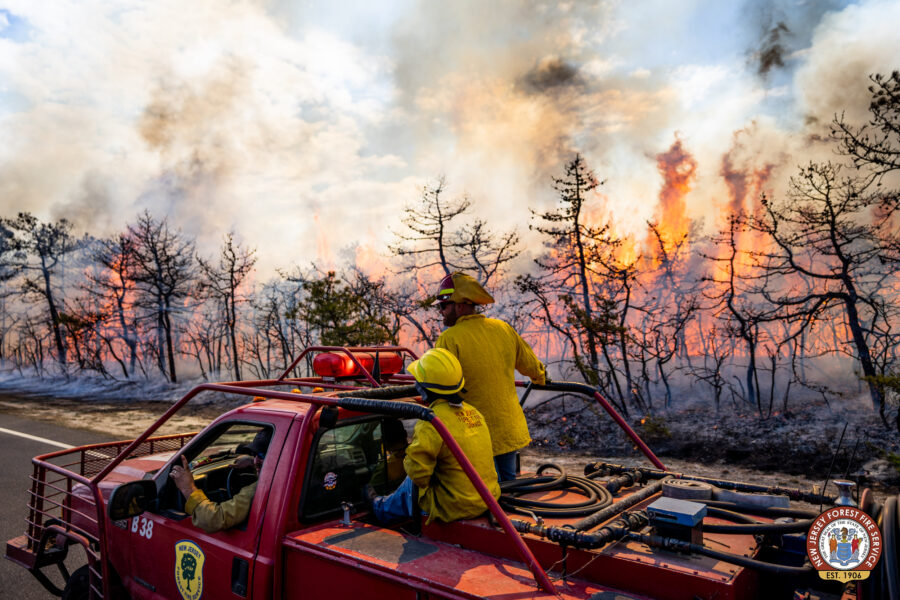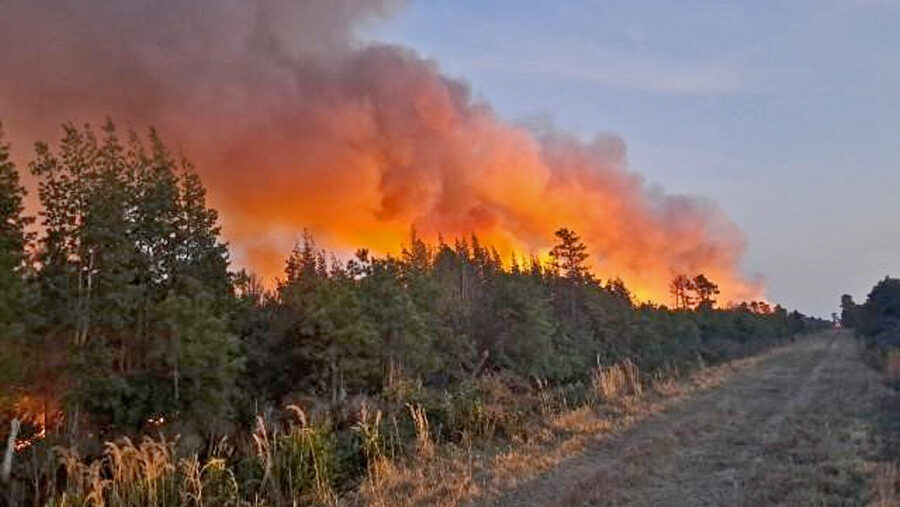The Oregon Department of Forestry has cancelled an insurance policy that has over the years reduced the cost of fighting wildfires; it had acquired sky-high deductibles over the last few years.
ODF said it will not renew its policy with Lloyd’s of London, a UK-based insurance market, in the 2023-2024 policy year. Longer, more complex, and costlier fire seasons over the last decade have led to higher premiums and deductibles, which in turn made the policy less attractive to Oregon officials. The policy was first acquired in 1973, according to KEZI-TV, to reduce the impacts of wildland fire suppression costs for Oregonians.
The decision was made after an April 3 meeting of the Emergency Fire Cost Committee (EFCC), which oversees the Oregon Forest Land Protection Fund (FLPF). After an extensive review, the EFCC recommended to the State Forester Cal Mukumoto that he cancel the insurance policy, and he decided not to renew it, explaining that the funds that would have paid for the policy can be better used directly paying for wildfire suppression efforts.
According to the EFCC, the 2023-2024 insurance policy would have had a deductible of over $78.5 million – 57 percent higher than in the 2021-2022 policy. Oregon’s historic fire season costs did not meet that threshold, so the policy was very unlikely to actually trigger this year and provide any financial benefit to the state. The 2023-2024 premium was quoted at $4.1 million for $25 million in coverage.




 The
The 

